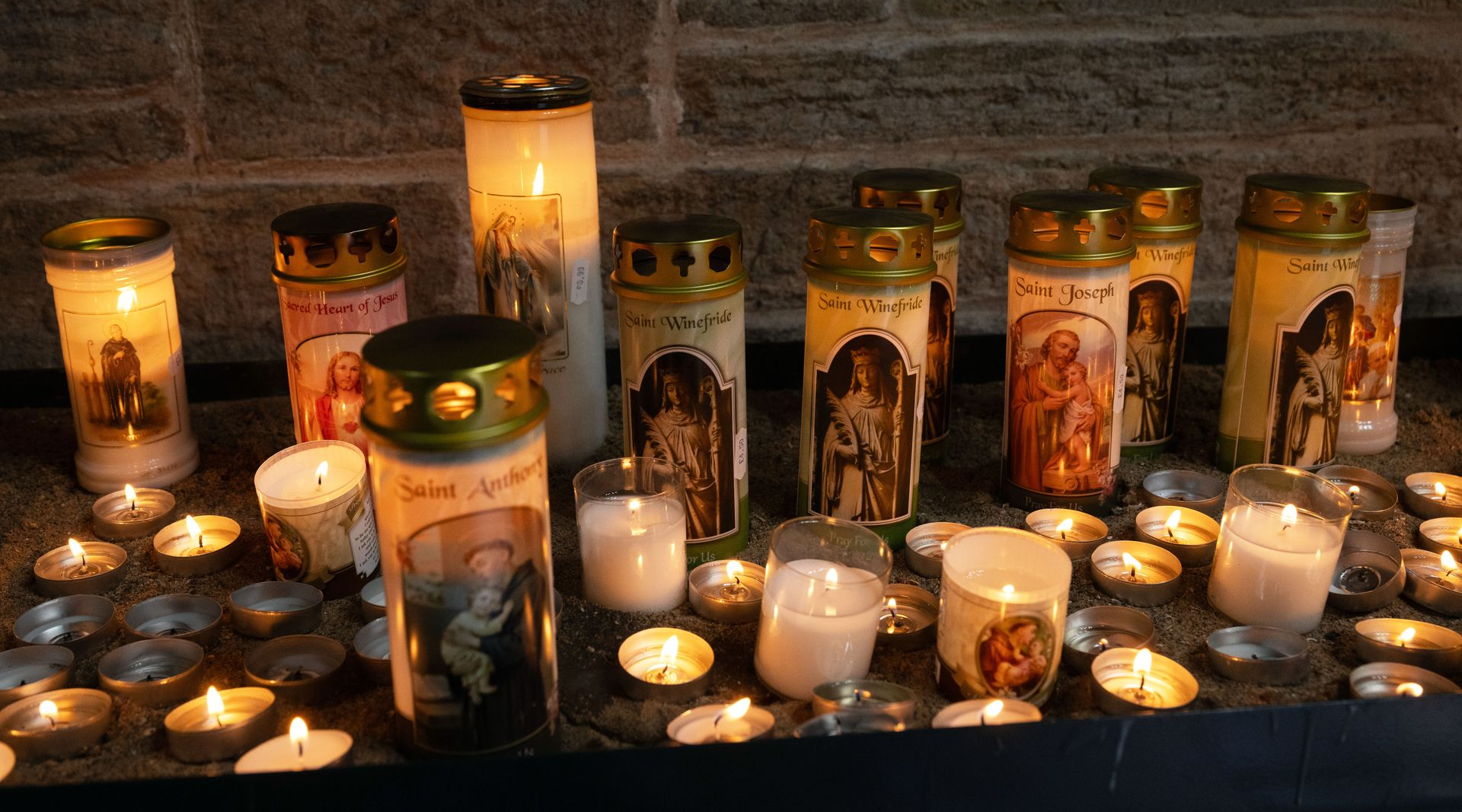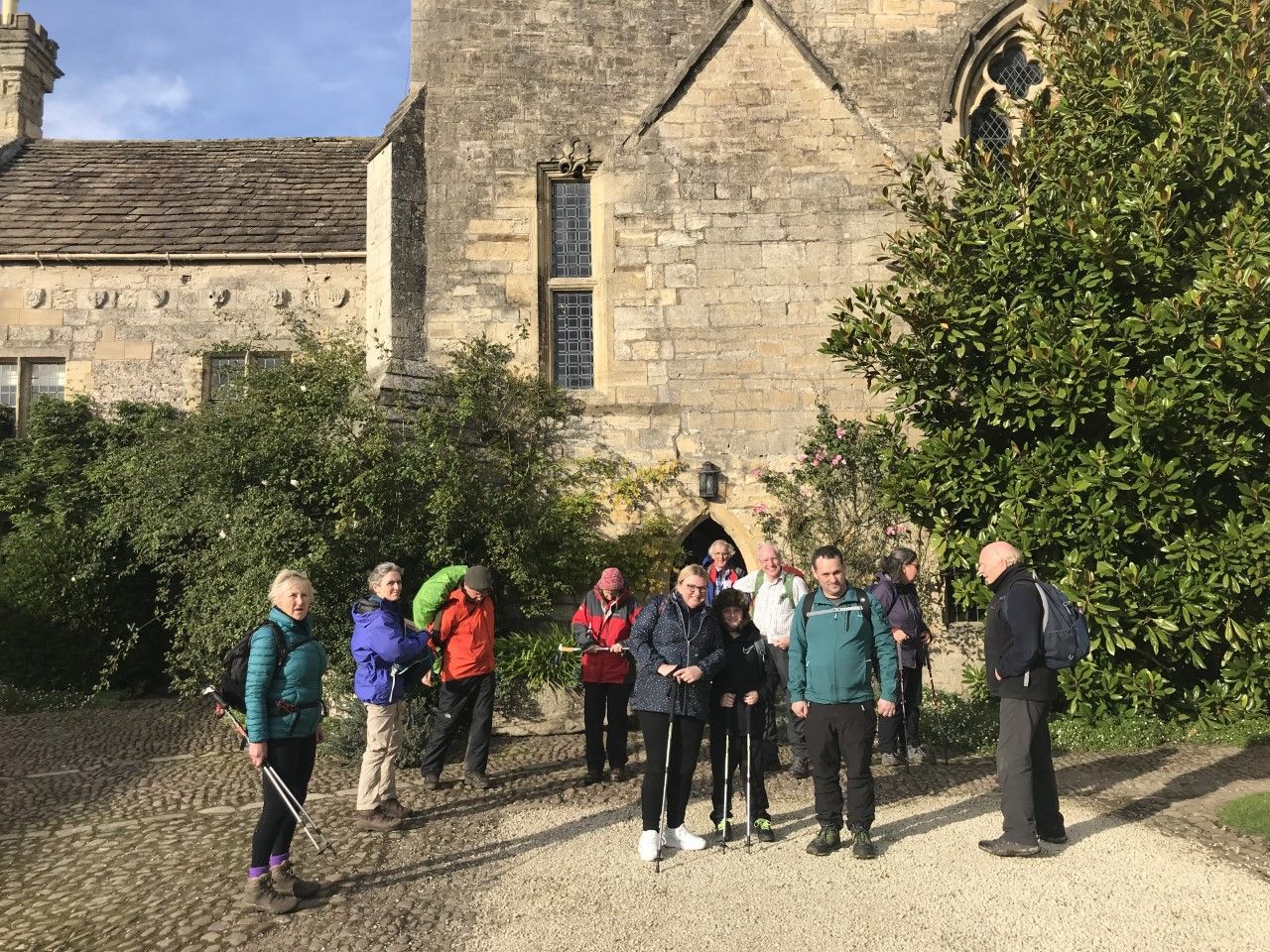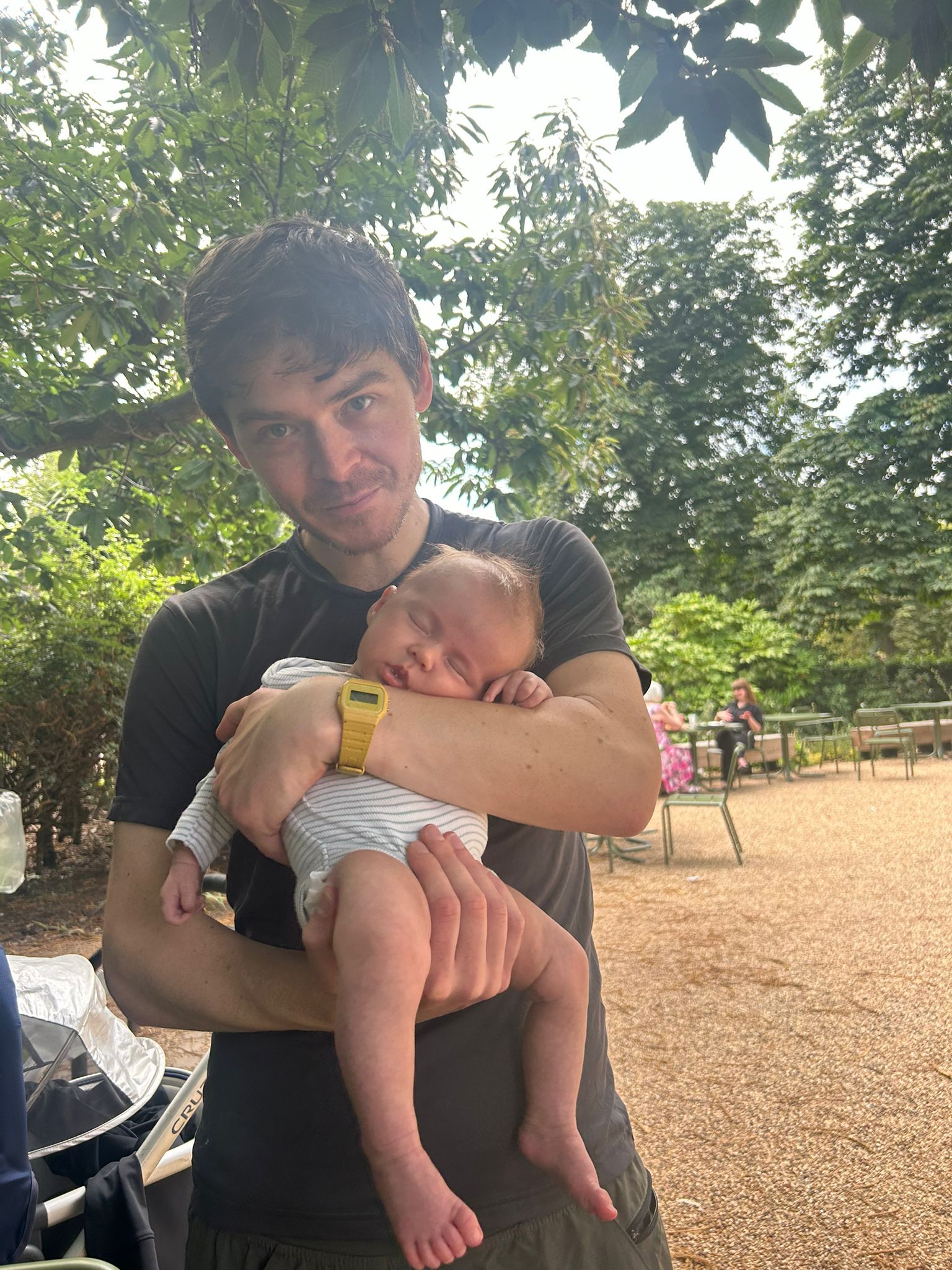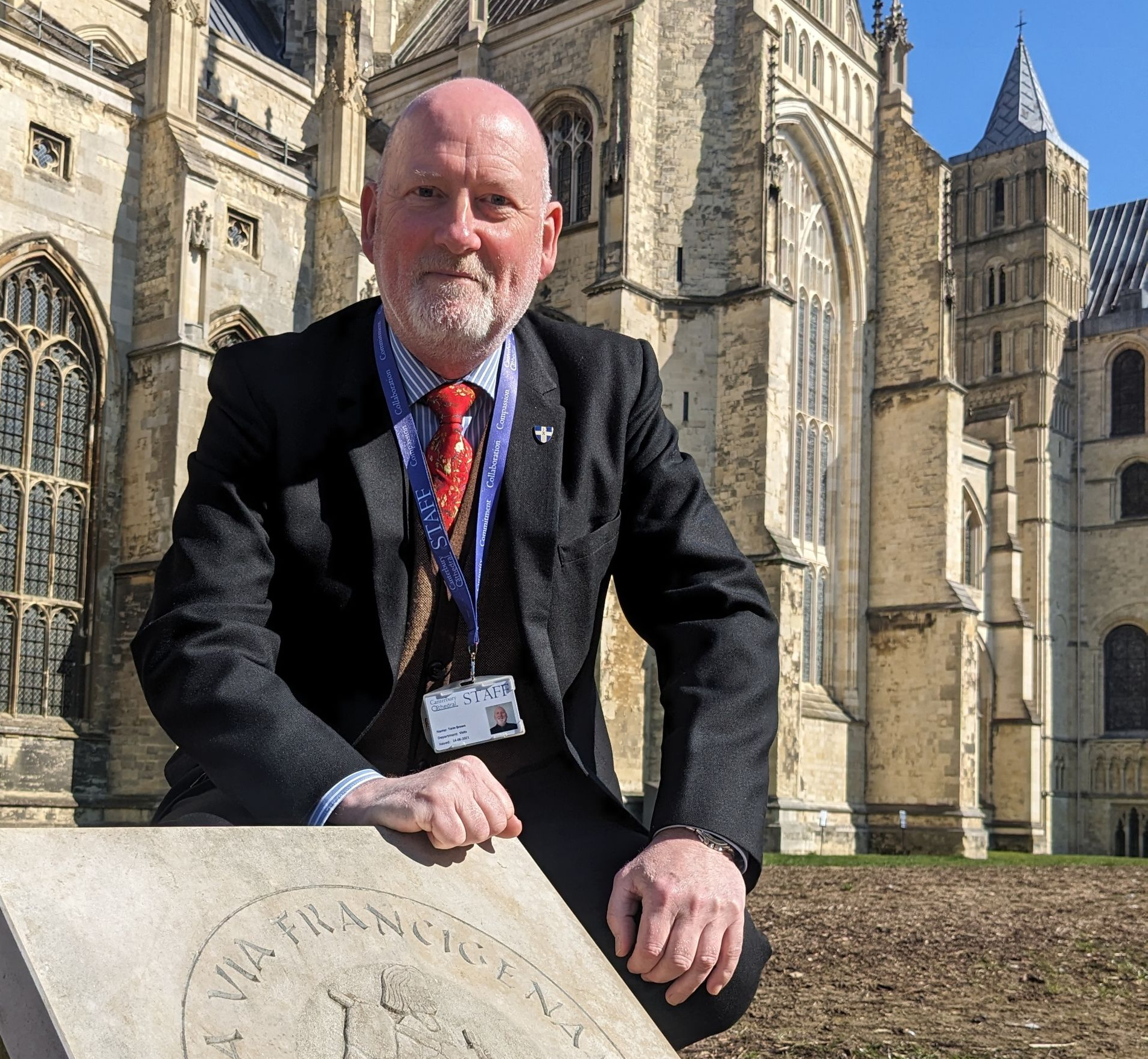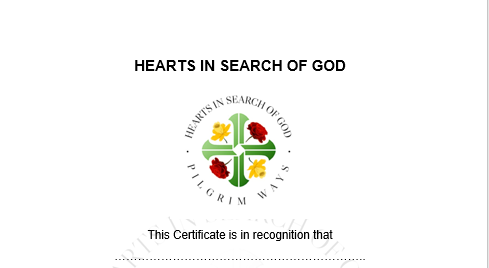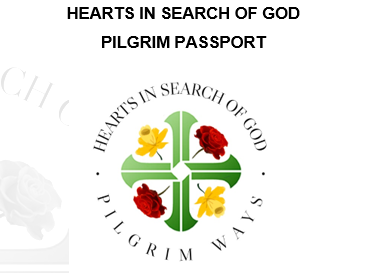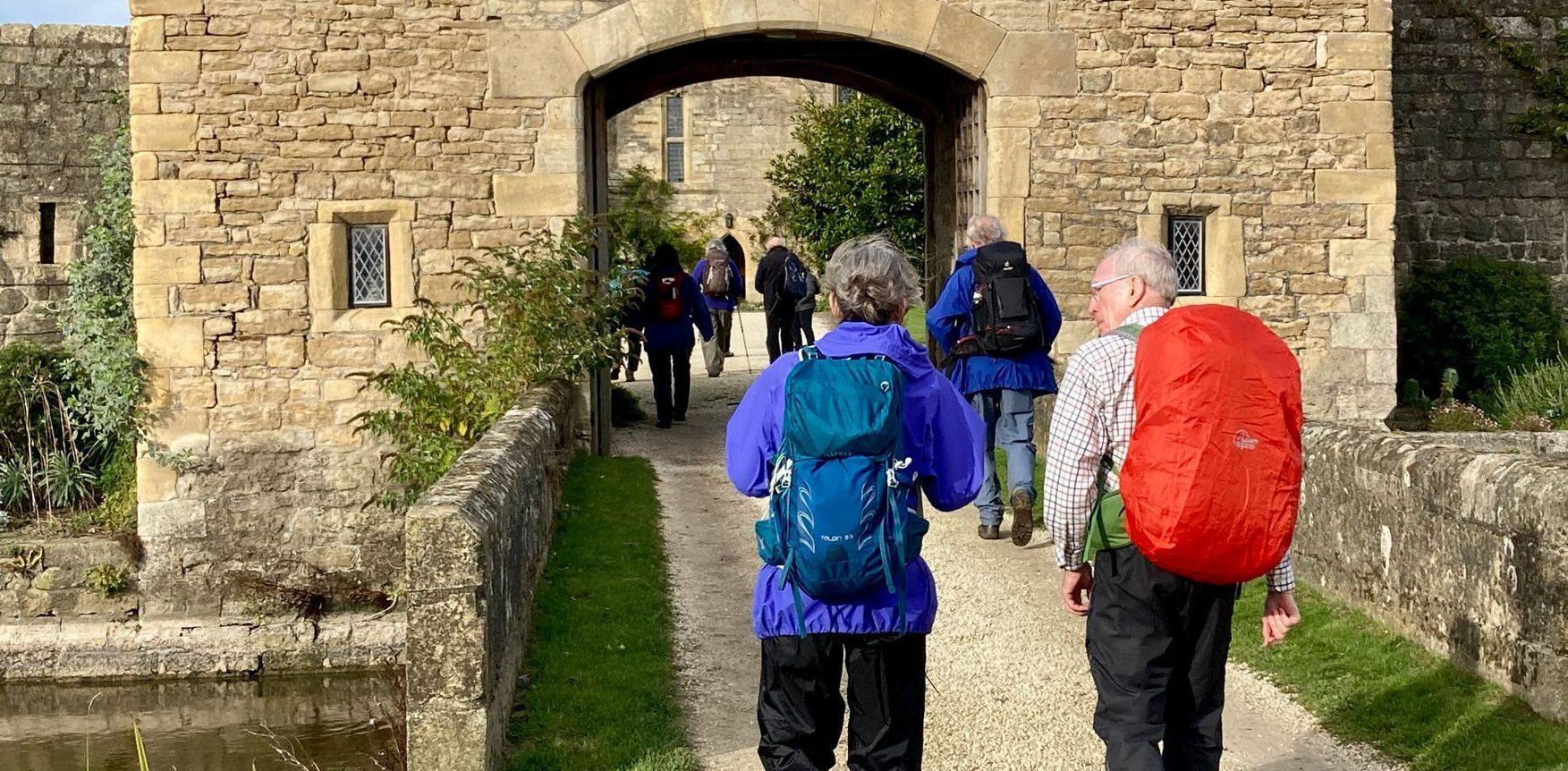In Praise of the Useless Life
Eddie Gilmore explains how a pilgrimage along a forbidden track to Thomas Merton's hermitage helped him to understand the meaning of monastic life.
Brother Paul had kindly offered to show us the hermitage in the woods where Thomas Merton had lived for three years until his untimely death in 1968. I had read about this surprisingly eventful and, at times, turbulent time in Merton’s life; I had seen pictures of the hermitage in a wonderful book by John Howard Griffin called The Hermitage Years. To actually get to see the place would be the icing on the cake of our retreat at the Abbey of Gethsemani, the Trappist monastery in Kentucky that Merton had entered in 1941.
I had bought a book by Br. Paul in the abbey bookshop. It has the intriguing title, In Praise of the Useless Life, and I was struck by one of the opening lines. After his nearly six decades at Gethsemani he likens the monastic life to being on permanent vacation! He sounded like he would have some interesting tales to tell, and he didn’t disappoint! He was there to meet us in the church, as arranged, after the 2.15 none service and led us to the car park, which I knew to be in the opposite direction to the hermitage. “So where’s your car?” he enquired. “We haven’t got one,” I said. “Oh,” he went on, “I’ll have to go get the golf cart; wait there!” A couple of minutes later the metal gates to the monastic enclosure swung open and a golf cart duly appeared and was going at some speed as it crossed the parking lot with the 84-year-old monk at the steering wheel. We climbed in and he explained that the cart covered all terrain, before veering off the road and onto a steep grassy incline. At the top of which there was the start of a steep decline! To my relief he slowed down slightly for that section but he fairly put his foot down when he swung around the corner wall of the guest house garden and then hurtled along a decidedly uneven track next to the road. I was sure I was going to fall out. There was more unlevel ground on the way into the woods and I was hanging on for dear life. There was no side door on the cart and just a little handle to grab onto. No doubt there has been much modernisation at the monastery over the decades, but Health and Safety doesn’t seem to have arrived yet!
We were onto the dirt road through the woods that Yim Soon and I had ventured along on our first day. Br Paul turned up the track which had the sign telling people not to go there, and which I’d suspected was the way to the hermitage. This ‘forbidden’ track looped around the trees and finally there came into sight the white, single-story breeze block building that had been constructed in 1960. There are tall trees to the back and the sides and to the front there is a large clearing which affords wonderful views to the hills in the distance. And that, I was excited to see, would have been Merton’s view as he sat at his desk at the front window and gazed out.
Br Paul opened the door to the hermitage, although it didn’t appear to be kept locked. The concrete porch was much wider than I’d expected from the pictures, so too the main room at the front. The familiar fireplace was there in the centre with the rocking chair in front of it and a rug on the floor. There were a couple of other wooden chairs, and a bookcase with Merton’s books, including his published journals. There was a large portrait on the wall of a self-taken photo of Merton that’s in Griffin’s book. Everything looked pretty much as it did in the black and white pictures in that book. Except that now I was seeing it all in real life and in colour. And putting pieces of the jigsaw together. I could see how the kitchen was at the back. There was a coffee maker there amongst other things and I mentioned a line in the book (I’ve read it so many times I almost know it by heart). Someone had brought over a drip coffee maker he’d picked up at an auction for $1.25 and Merton remarked that it was the best coffee he’d had in a long while!’ Paul had known the man in question. “Friend of Merton,” he remarked.
The bedroom led off from the kitchen to the right; to the left was the small chapel which was added on in 1968 together with a toilet and shower. Previous to that there was just an outhouse in the woods. I quoted another line from the book, about Merton’s first use of that outhouse in the winter: ‘The outdoor jakes is a grievous shock in the freezing weather!’ Paul smiled, and then he suggested that we play ‘Merton roulette!’ This, Paul explained, involved me choosing with my eyes closed a volume of Merton’s journals and then him reading the entry for that particular date. I selected 1967/1968 and Paul flicked through the pages to December 23rd 1967. For some reason he skipped over that day’s piece and said he’d read instead from December 24th, which was Merton’s thoughts about a rather obscure article in Italian! That evening, Yim Soon took that 1967 journal from the guest house library and showed me the entry for December 23rd. It has a reference to ‘M’ i.e. Margie, the young student nurse that Meron had fallen in love with the year before, and which remarkable story is told with great candour and sensitivity (and with Margie’s permission) in Griffin’s book. The December 23rd entry also has Merton worrying about ‘The drab, futile silences of this artificial life, with all its tensions and pretences,’ and he wonders if he’d ‘really missed the point of life after all.’ I find such doubts, so honestly and eloquently expressed, to be eminently human. And perhaps there was an echo in that title chosen by Br. Paul for his book about monasticism: In Praise of the Useless Life.
The three of us stood out on the porch. It was warmer outside than inside! I asked if people still stayed in the hermitage and Paul explained that it was available for the monks to book. He had been there himself in August for a week and he enjoys the complete solitude it offers. We took photos: of us standing in front of the hermitage, of Yim Soon and Paul by the iconic waggon wheel leaning against the tall cross. I mentioned our walks in the Knobs. That’s a narrow arc of isolated and steep hills that partly runs through the abbey land. I noted how Merton used to write things like, “Took the novices for a hike in the Knobs.” I said how special it was for Yim Soon and I to be walking in those very Knobs. “Oh yes,” said Paul who had entered the monastery in 1958 at the age of 17 and when Merton had been novice master, “he used to have us all in those woods clearing and chopping.” Paul recalled how Merton would be at the front swinging a big axe, with a dozen young novices marching after him!
Paul had to get back for another appointment. He’s still active in the monastery in his eighties. We climbed back into the golf cart and he zoomed off down the track. “Do you want me to take you the back way?” he asked. “Oh yes,” I replied. It was another bumpy but fun trip with this lovely man who is full of youthful enthusiasm for a life which he (and even the great Thomas Merton) may worry is useless but which is clearly anything but. We drove around the periphery of the abbey, along the harvested corn fields and past the storage barns for the monks’ famous Kentucky Bourbon fruit cake and fudge. He dropped us back at the car park and then disappeared back into the enclosure. ‘Thank God for the useless life,’ I thought to myself as we wandered back to the guest house.
For more about Hearts in Search of God collaborator Eddie Gilmore and his writing on pilgrimage and follow this link.
